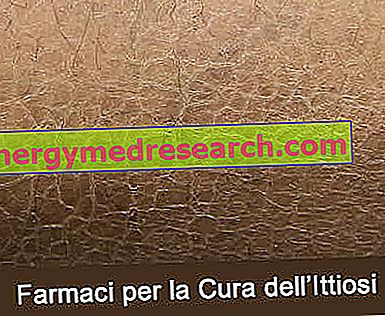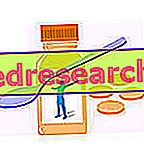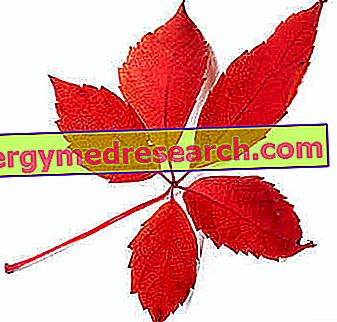Definition
The term "ichthyosis" refers to a skin disorder related to its keratinization.
Often, the ichthyosis manifests itself in association with other pathologies, of which it can be the cause or a consequence.
There is no single type of scholasticism; different forms can be distinguished according to the clinical picture that results: the ichthyosis linked to the X chromosome, vulgar ichthyosis, lamellar ichthyosis, epidermolytic ichthyosis, congenital ichthyosiform erythroderma and harlequin ichthyosis.
Causes
The various forms of ichthyosis are caused by genetic mutations, which can be inherited from parents or which can occur spontaneously in individuals.
Each ichthyosis is triggered by an alteration that affects a specific gene. For example, harlequin ichthyosis is caused by a mutation on the ABCA 12 gene, while vulgar ichthyosis is caused by a mutation in the gene encoding filaggrin, a skin protein involved in maintaining its hydration status.
Symptoms
The symptoms presented by patients depend on the form of ichthyosis they suffer from.
However, some symptoms are present - in a more or less marked manner - in all forms of ichthyosis. These symptoms consist of hyperkeratosis, dryness of the skin, formation of scales on the skin and itching.
To underline the fact that in harlequin ichthyosis (also known as diffuse fetal keratosis) the hyperkeratosis is so accentuated as to prevent the baby from moving and feeding properly. It is a form as rare as it is serious, in fact, in most cases, it causes the death of the child a few days after birth.
Information on Ichthyosis - Drugs for the Treatment of Ichthyosis does not intend to replace the direct relationship between health professional and patient. Always consult your doctor and / or specialist before taking Ichthyosis - Drugs for the treatment of ichthyosis.
drugs
Unfortunately, there are no real drugs for the treatment of various forms of ichthyosis. The pharmacological treatment that is undertaken, therefore, is aimed only at reducing its clinical manifestations.
Generally, in the milder forms of ichthyosis, it is possible to use cutaneous preparations based on emollient, nourishing and keratolytic substances.
In the most serious cases of ichthyosis, however, the doctor may decide to intervene by instituting a systemic retinoid-based therapy.

Salicylic acid
Salicylic acid (Duofilm ®, Pasta Lassar ®) can be used in the symptomatic treatment of milder ichthyosis due to its keratolytic properties.
In other words, the salicylic acid is able to favor the desquamation of the skin, therefore the cell turnover. Therefore, it is very useful for the treatment of hyperkeratosis and dry skin that characterize ichthyosis.
Salicylic acid is available in pharmaceutical formulations for topical use within which, usually, it is found in association with other active ingredients which assist its activity, such as, for example, lactic acid or zinc oxide.
Generally, it is recommended to apply the product based on salicylic acid for cutaneous use directly on the affected area once a day, or according to medical prescription.
Retinoids
As mentioned, in some cases, the doctor may decide to use systemic retinoids.
Retinoids are active ingredients derived from vitamin A that are used in the symptomatic treatment of various skin diseases, including, in fact, we find ichthyosis.
However, it is good to remember that the administration of systemic retinoids can cause various side effects that should not be underestimated, such as: dry mouth and mucous membranes, changes in cholesterol and triglyceridemia and xerophthalmia. Furthermore, these drugs are teratogens, therefore their use is contraindicated in pregnant women and also in breastfeeding mothers.
For the aforementioned reasons, usually, systemic retinoid-based treatment is reserved only for the more severe forms of ichthyosis.
Among the various active ingredients that can be used, we mention acitretin (Neotigason ®, Zorias ®).
Acitretin is available for oral administration in the form of capsules and has specific therapeutic indications for the treatment of ichthyosis.
Without prejudice to the fact that the amount of medicine to be taken must be established by the doctor on an individual basis for each patient, the starting dose of acitretin usually used in adult patients is 25-30 mg per day. After a period of 2-4 weeks, the doctor will decide whether to increase or decrease the amount of drug administered, taking care not to exceed the maximum dose of 75 mg of active ingredient per day. The capsules should be taken whole at meal time.
In any case, when acitretin therapy is started, it is essential to follow all the indications provided by the doctor, both as regards the dosage of the drug to be taken, both as regards the frequency of administration and the duration of treatment same.



